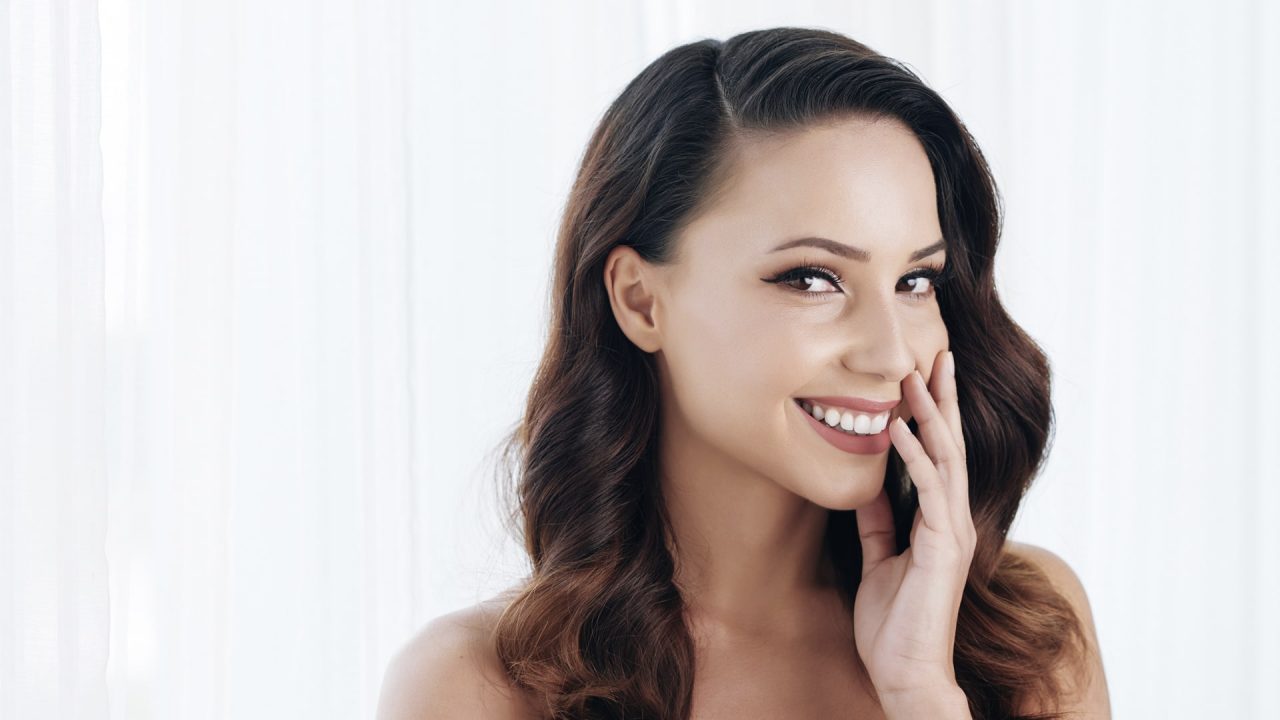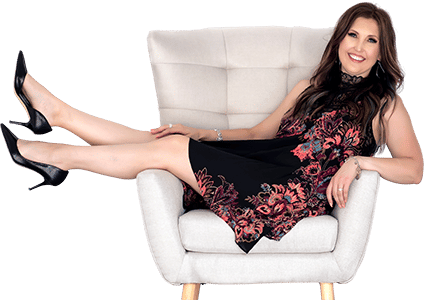Injecting filler in the cheeks has become a popular anti-aging treatment for people to appear more vibrant and youthful. Cheek fillers are nonsurgical tools used to sculpt and shape the cheeks and mid-face. These FDA-approved fillers can be used to replace volume that is naturally lost over time due to the aging process. Filler in the cheeks can help redefine features that have sunken over the years, or balance the profile of the face for a fuller look.
Cheek fillers have around for over a decade, but the treatment is growing in popularity recently.
Filler in Cheeks: Info

Cheek filler injections are most commonly used to restore volume in the cheeks lost due to aging. Filler can also be used to augment naturally thin cheeks to balance out the shape of the face.
When we are young, our faces are shaped in what is called the Triangle of Youth. Young-looking faces are full on top and thin on bottom, with lush cheeks and a defined jawline that points straight down to the chin.
As we age, the Triangle of Youth flips. Suddenly, our upper and mid-face are thinner than our lower face.
This starts when the facial bones lose their structure. This causes the muscles, fat, and skin in the face to sag downward.
In addition, our bodies start to break down the natural fat pads that are underneath the eye and cheeks. When the fat pads shrink, the space between the pads grows larger. This makes the surface of the face begin to look uneven, sunken, tired, and hollow.
Luckily, adding filler in the cheek can solve the issue of the Triangle of Youth by re-adding volume in the mid-face. This makes the face look younger, and can have extra benefits such as hydration and collagen creation, depending on the type of cheek filler used.

Young-looking faces have the Triangle of Youth, where the top and middle of the face are fuller than the bottom of the face, like an upside-down triangle. Aged faces are the opposite and have more volume on the bottom than the top or middle of the face.
Related Read: Lip Flip: Botox Lip Flip Cost, Before and After, Info
Types of Cheek Fillers
When you’re doing your cheeks, there are a few different types of common cheek filler. Different types of filler reverse the Triangle of Aging in different ways.
The most popular types of cheek filler use Hyaluronic Acid (HA) as the main ingredient to plump the face. Hyaluronic acid naturally attracts up to 100 times its weight in water and does an excellent job at mimicking facial fat. Popular HA fillers for cheeks include Juvèderm and Restylane. These are great for that round, apple cheek filler look.
Secondly, another popular type of cheek fillers are known for lifting by creating collagen. These fillers include Radiesse and Sculptra. The primary ingredients in these fillers encourage the body to create new collagen underneath the skin. These fillers can stimulate the bone and are popular for recreating sharp cheekbones and jawlines.
The last category of cheek fillers are permanent fillers. While the other types of filler will naturally dissolve within 6-9 months, permanent fillers such as Artefil and Bellafill are here to stay. Permanent fillers should be generally avoided since they can add complications to the injection and must be surgically removed if the injector messes up or you choose to reverse the look.
Let's get cheeky
Take our free quiz to find out if you’re right for our signature Cheek Pop

Filler in Cheeks: Cost, Time
The cost for cheek fillers varies depending on the type of filler and how many syringes you need.
Many patients are surprised to learn that they need more than one syringe. However, each syringe contains 1ml of filler, which is about the size of a small blueberry. For perspective, you would need 10 syringes of filler to have the same amount of filler as a ketchup packet. How many syringes you will need depends on factors like age, if you’ve had filler before, and even recent weight loss.
The procedure to put filler in the cheeks can be done within an hour, and can often be combined with your botox appointment.
There is technically no downtime with these fillers. Some bruising and swelling may appear after the procedure, and alcohol and heavy exercise should be avoided. A skilled injector will give you aftercare instructions to make the most out of your cheek filler.
Cheek Filler: Before and After Photos
Here are real cheek filler patient before and after photos from our expert injectors at Boise Image Enhancement Centre.

Your cheeks await you
Take our free, complimentary quiz to see how to get the cheeks you deserve

Quiz: Your Perfect Cheeks


